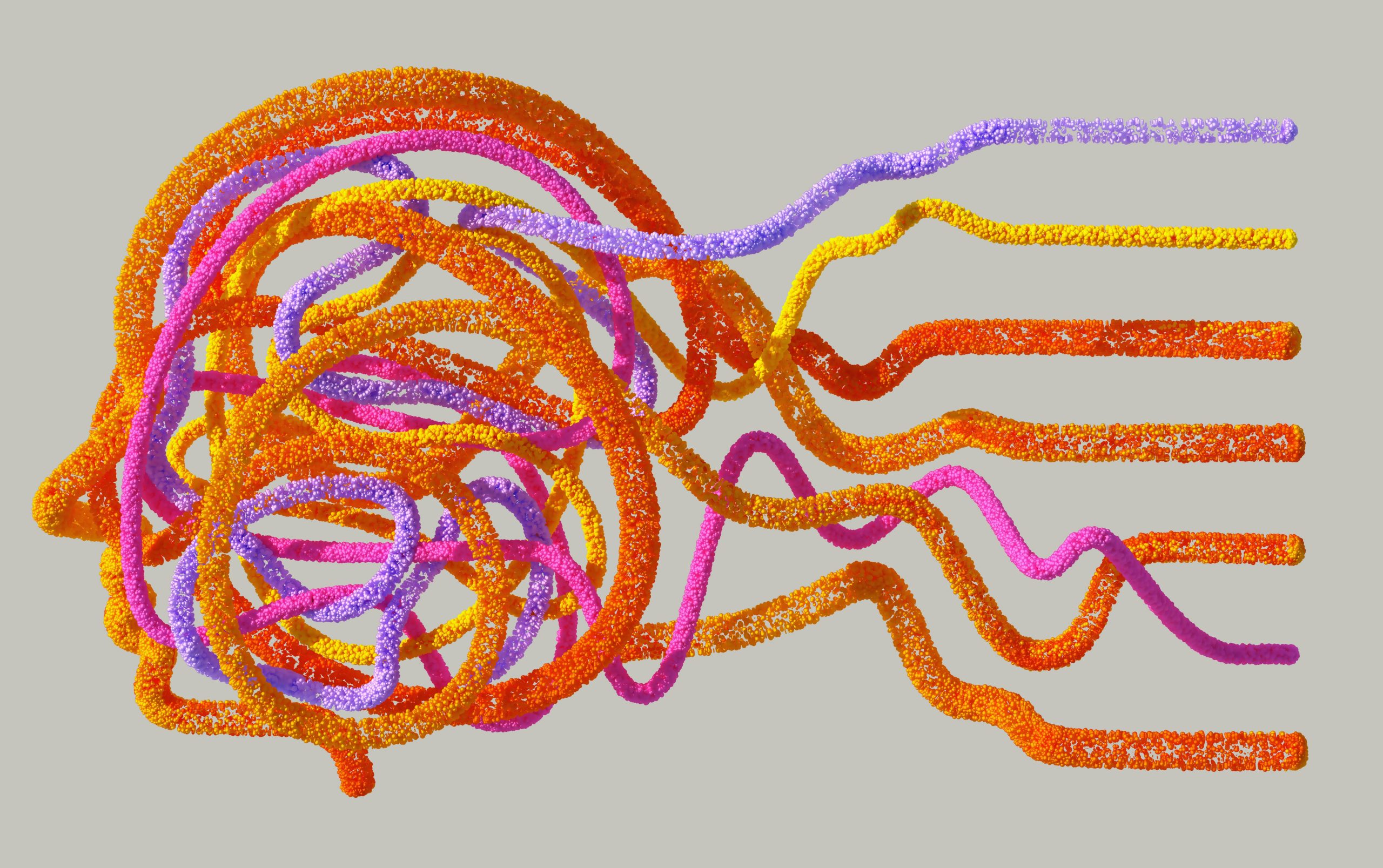Scientists have identified a key brain circuit that helps explain why some types of pain feel emotionally overwhelming, even when the physical cause is minor. The discovery could open new paths for treating chronic pain and affective pain disorders like migraines and fibromyalgia. The findings were published in the journal PNAS.
The study, led by researchers from the Salk Institute and published this week, focused on a specific group of neurons in the thalamus known as CGRP-positive SPFp neurons. These cells are located deep in the brain and form part of a pathway that processes the emotional side of pain. The findings suggest that this system links signals from the body to areas of the brain involved in fear and memory, which may help explain why certain painful experiences are more distressing than others.
Pain is often thought of as purely a physical sensation, but it also includes emotional and motivational components. For example, even a mild injury can be deeply upsetting if it is associated with past trauma. The researchers found that the CGRP neurons they studied act like an internal alarm system, receiving signals from the spinal cord and relaying them to the amygdala, a brain region tied to emotions such as fear and anxiety.
Using a combination of genetic tracing, imaging, and behavioural experiments in mice, the scientists showed that silencing these neurons led to a reduced response to pain. Conversely, artificially activating them did not change how much pain the animals physically felt, but it did make them behave as though they were remembering a frightening event. This supports the idea that these neurons are more involved in the emotional interpretation of pain than in sensing it directly.
The researchers also found that these thalamic neurons are distinct from others previously linked to pain, such as those in the brainstem. While both groups process noxious signals, they appear to do so in slightly different ways. The thalamic CGRP neurons seem to be more involved in integrating multiple types of painful stimuli and passing this information to emotional centres in the brain.
This insight could be particularly relevant for people with conditions marked by abnormal pain sensitivity or persistent discomfort. Genes associated with such conditions were found to be highly active in these neurons, suggesting they may play a role in disorders like migraines and fibromyalgia, where patients often report intense emotional reactions to pain.
By identifying this pathway, the study opens the door to developing treatments that focus specifically on the emotional and psychological burdens of chronic pain. Instead of simply numbing pain signals, future therapies might target the way the brain interprets those signals, reducing suffering without dulling physical sensation.
The research also adds weight to the idea that pain and emotional threat share overlapping brain pathways. This could explain why anxiety and pain often go hand in hand, and why trauma can leave lasting physical symptoms even after the danger has passed.

